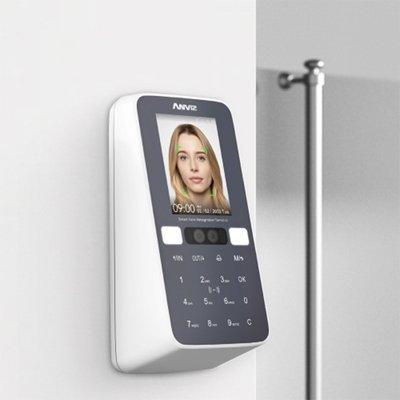 |
| The proportion of failed ATM attacks is more than 50%, but the collateral damage is high and growing |
ATM security providers and products can take various countermeasures to mitigate attacks on ATMs. The key is to detect an attack in its preparation phase.
Speaking at ATM Security 2015 in London, Claudio Ferioli, head of physical security at Italian bank Intesa Sanpaolo, provided an overview of the current state of physical attacks on ATMs in Italy. As the largest bank in the country, Intesa Sanpaulo has around 6,500 ATMs, more than 90% of which are at branches. It suffers an average of around 100 attacks a year, while there are around 650 attacks against all ATMs in Italy. Some 60% of attacks use explosives, while 20% are ram raids and 20% using other means.
While the number of attacks against the bank’s ATMs are fairly stable, says Ferioli, the proportion of failed attacks is more than 50% and growing. But this is only partly good news, as the collateral damage from attacks is high and growing.
Unpredictability and collateral damageMoreover, the location of attacks has become unpredictable. In 2009, 80% of attacks occurred in just eight provinces; in 2014 that 80% was spread over 23 provinces. Also, in 2009 the top three areas accounted for 60% of attacks, compared to just 30% in 2014.
In summary, says Ferioli, the rising trends are the number of failed attacks, collateral damage from attacks, and the unpredictability of location.
As far as detecting attacks, we need to detect the attack during its preparation phase, before it causes damage. At present, we detect an attack after an explosion.
The second need is looking for a solution that can contain collateral damage. On average, the damage is worth between two and five times the value of the stolen cash, according to Ferioli.
Finally, we are looking to protect existing branches with easy, flexible solutions that are easy to deploy. In other words, required solutions should anticipate the attack, stop the damage and be flexible.










































